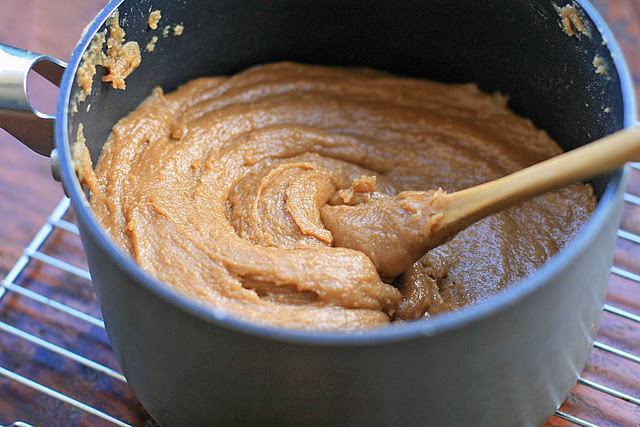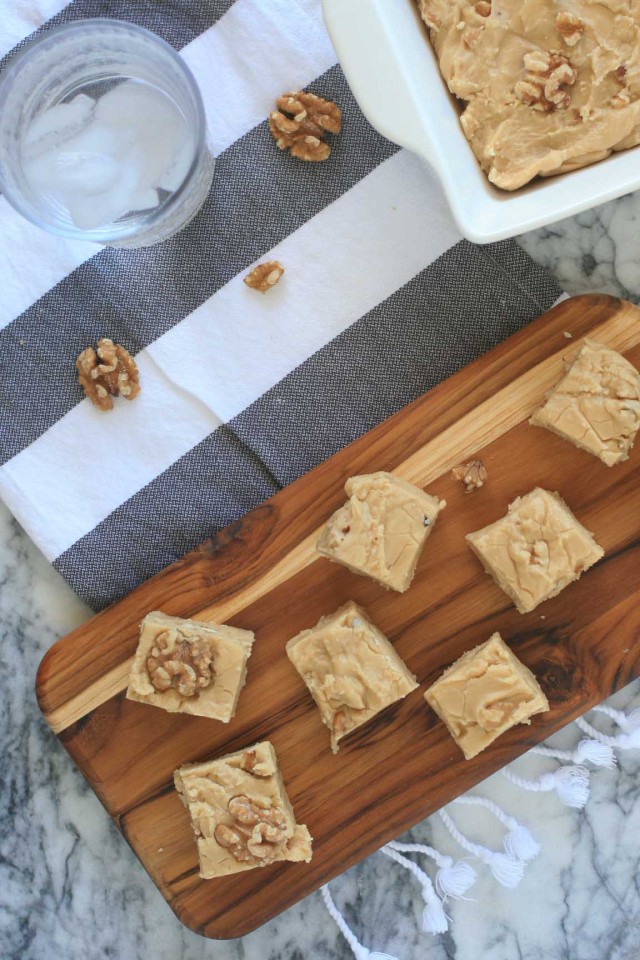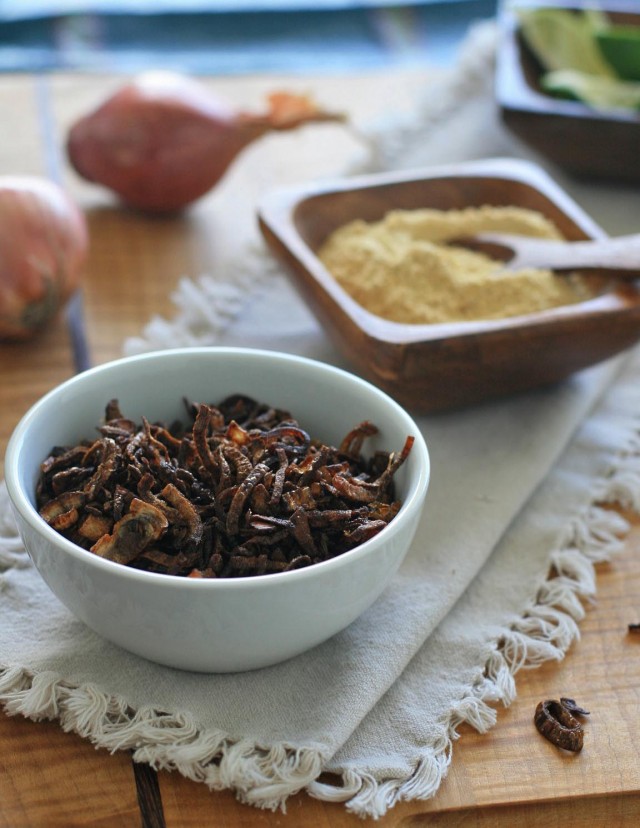 Before I move on to more Burmese entrees, salads and desserts, I thought it would be best to go back to the basics. So over the next couple days I’ll be focusing on Burmese pantry staples that pop up in just about every savory Burmese recipe.
Before I move on to more Burmese entrees, salads and desserts, I thought it would be best to go back to the basics. So over the next couple days I’ll be focusing on Burmese pantry staples that pop up in just about every savory Burmese recipe.
Would it have made most sense to start with these from the get-go? Of course. But I tend to get impatient and want to skip right ahead to the more exiting and complicated recipes. It’s a little character flaw of mine. And yes, I’m working on it.
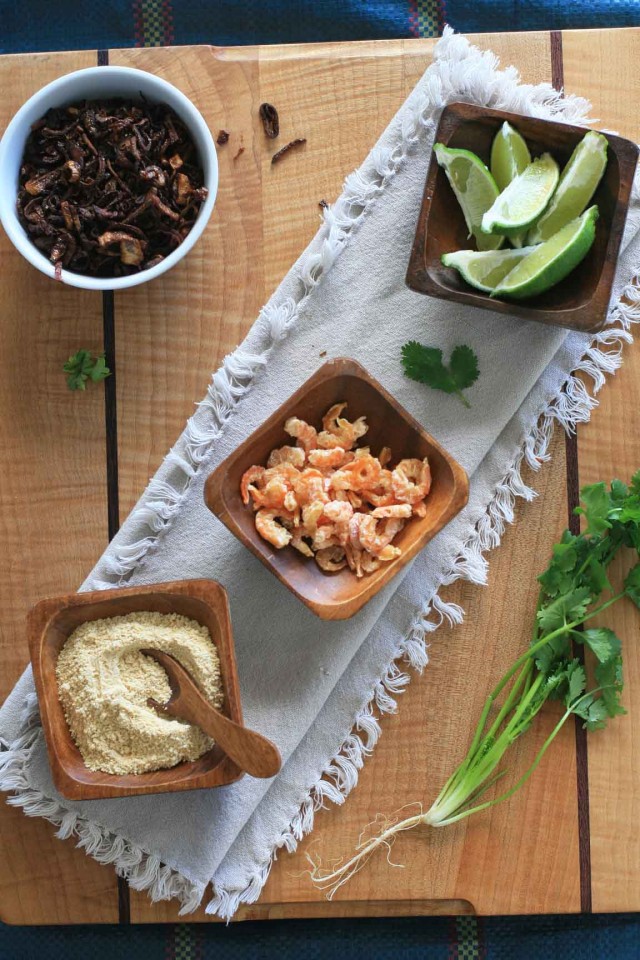 Because I’ve been making Indian Burnt Onions for years, it didn’t occur to me to look at the recipes for Crispy Shallots in the Burmese cookbooks I picked up. Big mistake on my part. Because with this recipe, in addition to crispy, sweet shallots, you’ll end up with plenty of shallot-infused oil for your favorite curries and stir-fries. That’s what I call a win-win.
Because I’ve been making Indian Burnt Onions for years, it didn’t occur to me to look at the recipes for Crispy Shallots in the Burmese cookbooks I picked up. Big mistake on my part. Because with this recipe, in addition to crispy, sweet shallots, you’ll end up with plenty of shallot-infused oil for your favorite curries and stir-fries. That’s what I call a win-win.
Feel free to adjust the recipe to make any quantity you’d like- just stick to the 2:1 shallot to oil ratio. I found myself wishing I’d made a double or even a triple batch. They’re like little pieces of umami heaven.
Golden Crispy Shallots and Shallot-Infused Oil
Prep Time: 5 minutes
Cook Time: 15 minutes
Ingredients:
* 2 cups thinly sliced shallots
* 1 cup peanut or another neutral oil
Directions:
Place one slice of shallot and the oil in a small, heavy-bottomed saucepan over medium-high heat. When the shallot rises to the surface and begins to sizzle, carefully add the remaining shallots. Continue to cook, stirring constantly with a long wooden spoon, until the shallots are golden brown. This should take about 10-15 minutes. If you find that the shallots are browning very quickly (within the first 5 minutes), turn down the heat to medium to slow down the process.
Use tongs, a slotted spoon, or a kitchen spider strainer to remove the shallots to a plate lined with paper towels. Let cool slightly. Use immediately or store in an airtight container in the fridge.
Strain all but the last bit of oil into a jar (the last bit of oil on the bottom of the saucepan will invariably have some shallots sediment).
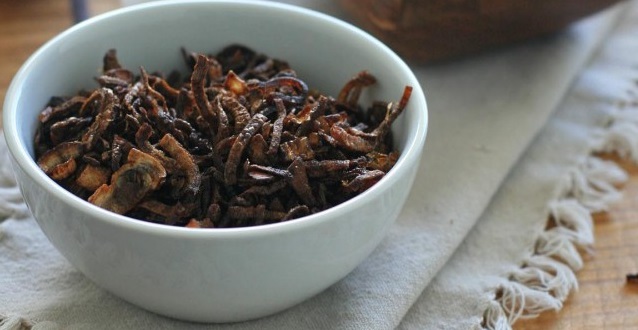
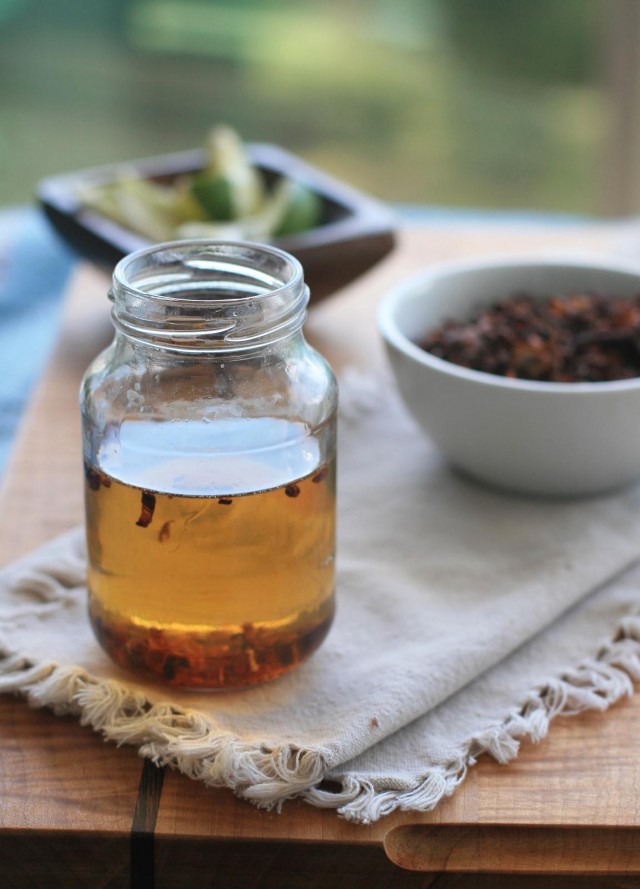
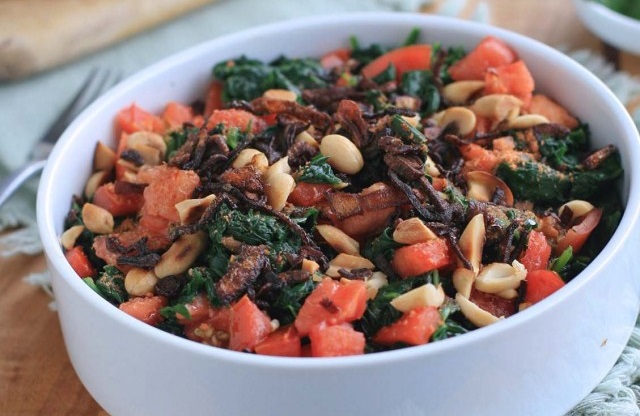
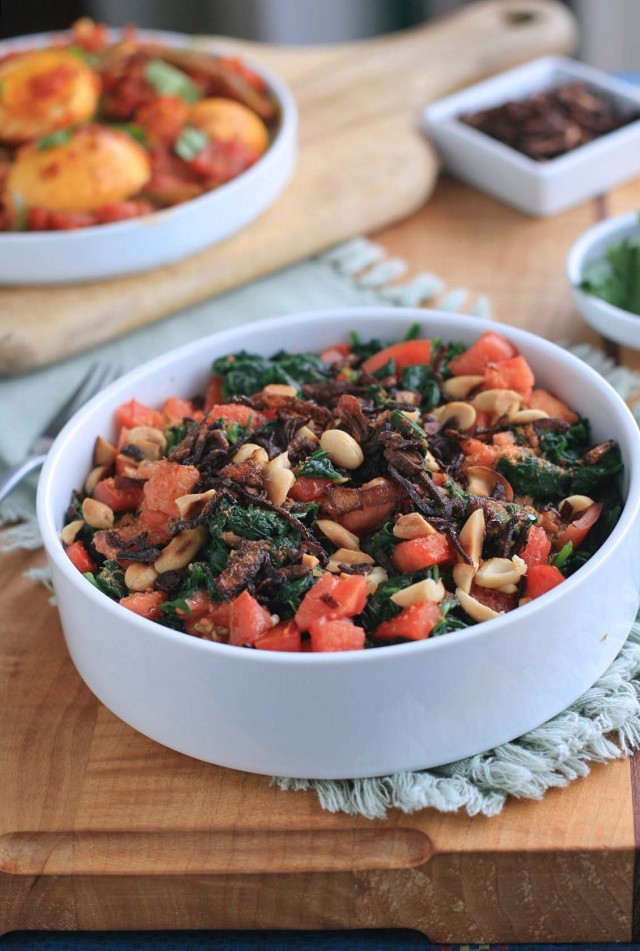 Although I always enter grocery stores with a very specific list, I rarely leave without a couple of impulse purchases. And those extra items usually fall into one of two categories: dark chocolate or super clearance items. Bargain shopping is in my blood.
Although I always enter grocery stores with a very specific list, I rarely leave without a couple of impulse purchases. And those extra items usually fall into one of two categories: dark chocolate or super clearance items. Bargain shopping is in my blood.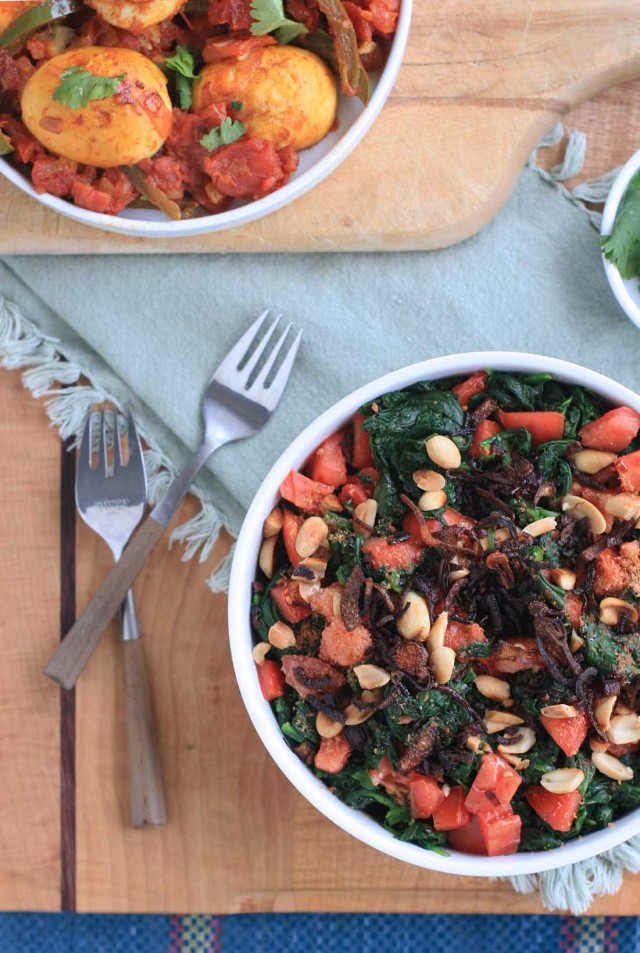 Since fridge space is always an issue (and because I can only drink so many green smoothies), I decided to wilt the spinach down to a more manageable size and make this vibrant Burmese salad.
Since fridge space is always an issue (and because I can only drink so many green smoothies), I decided to wilt the spinach down to a more manageable size and make this vibrant Burmese salad.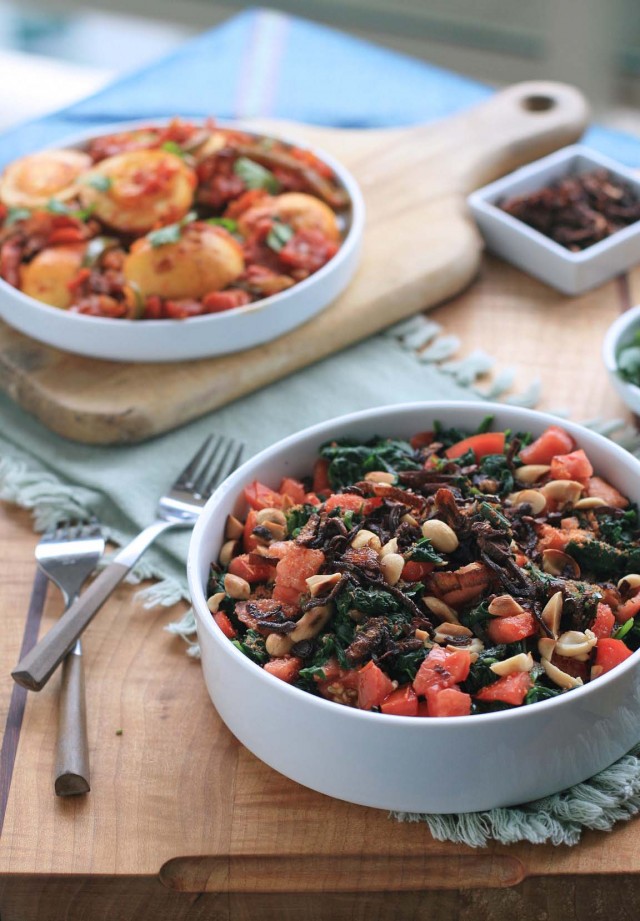
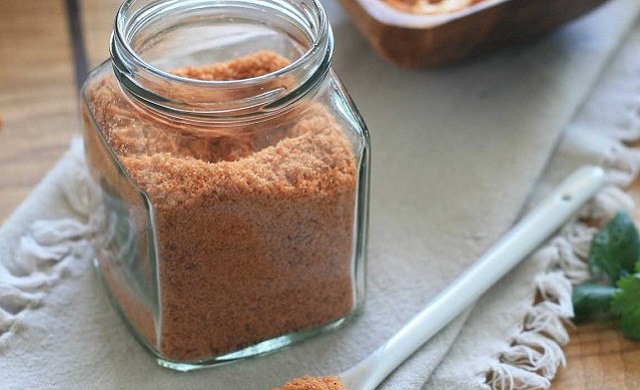
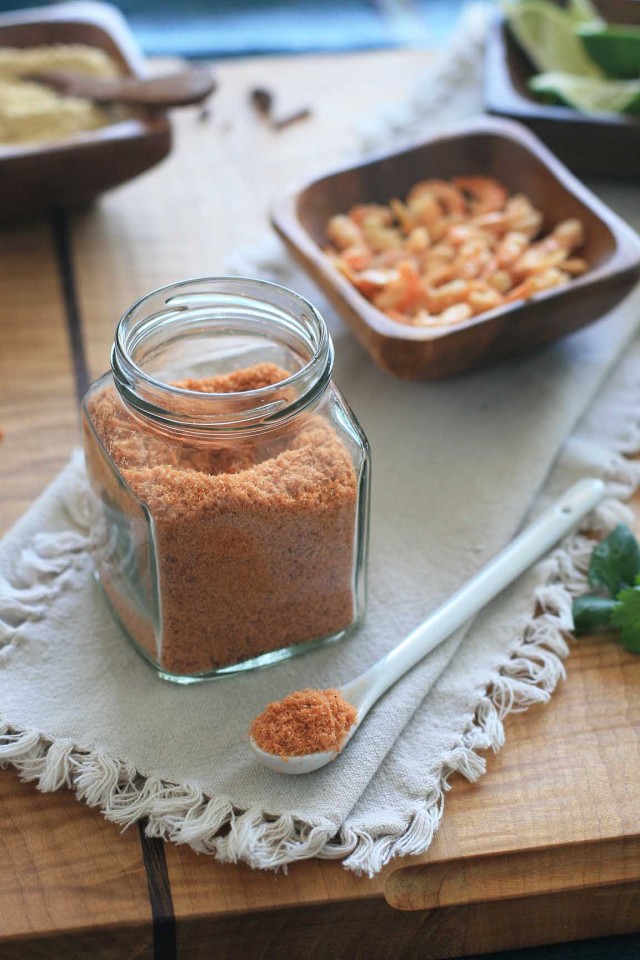 So many Southeast Asian cuisines are known for their dishes that incorporate hot, sour, salty and sweet elements. But Burma seems to place no less importance on umami, which is often referred to as the fifth taste.
So many Southeast Asian cuisines are known for their dishes that incorporate hot, sour, salty and sweet elements. But Burma seems to place no less importance on umami, which is often referred to as the fifth taste.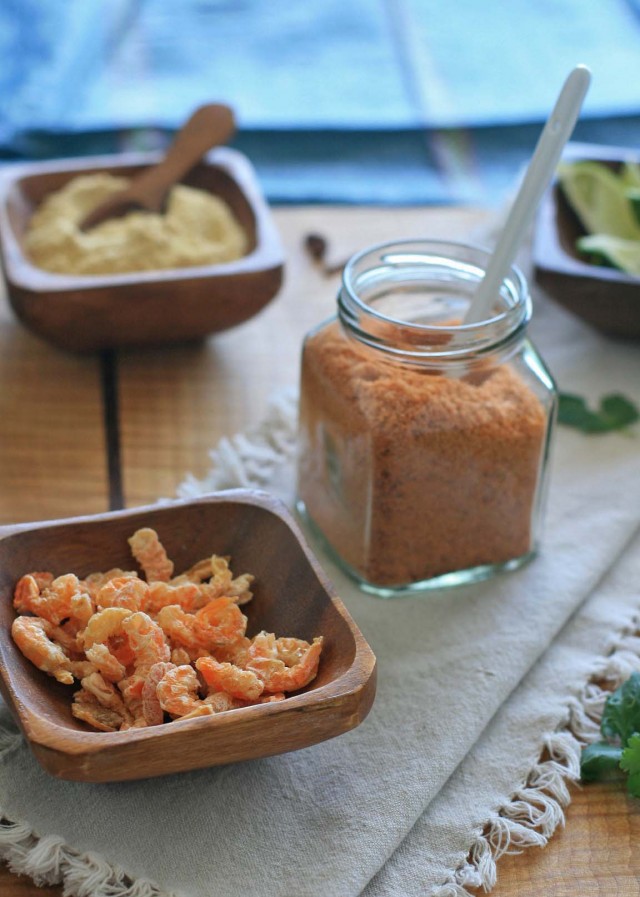 Although you certainly won’t be doing anything wrong if you just blend up dried shrimp in your food processor or high-speed blender, I’m going to defer to Southeast Asian cuisine expert extraordinaire, Naomi Duguid on how to correctly make shrimp powder at home.
Although you certainly won’t be doing anything wrong if you just blend up dried shrimp in your food processor or high-speed blender, I’m going to defer to Southeast Asian cuisine expert extraordinaire, Naomi Duguid on how to correctly make shrimp powder at home.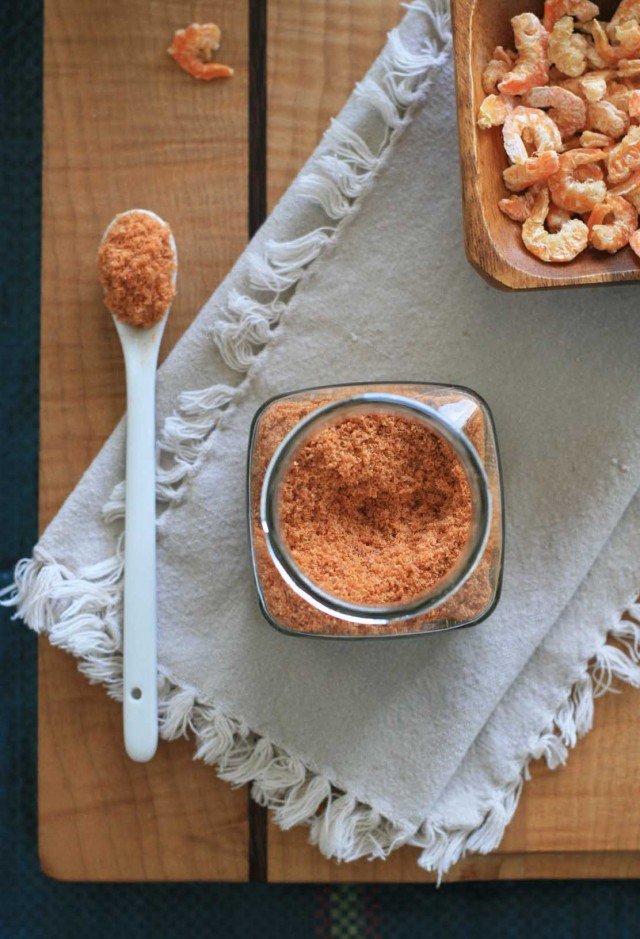
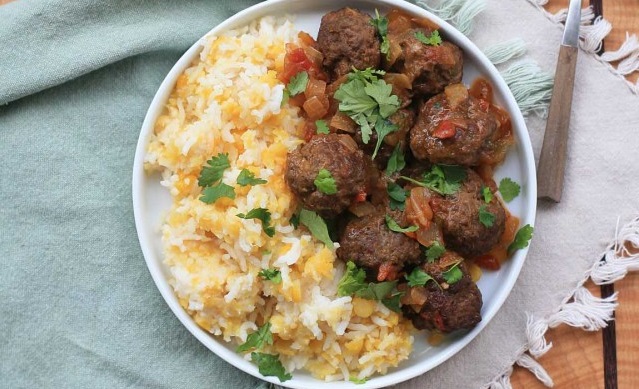
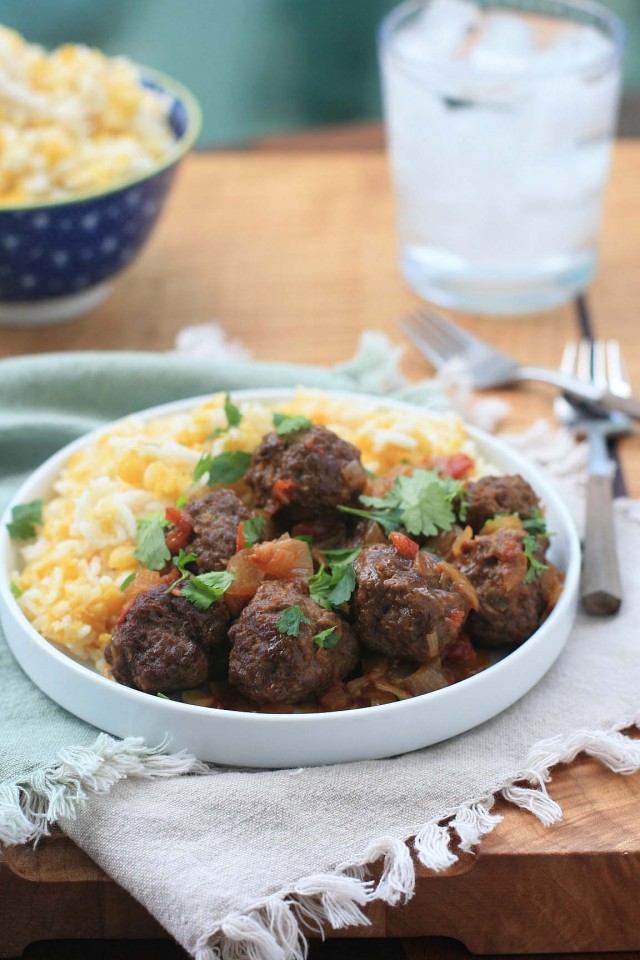 Is it weird that I have go-to recipes for things like
Is it weird that I have go-to recipes for things like 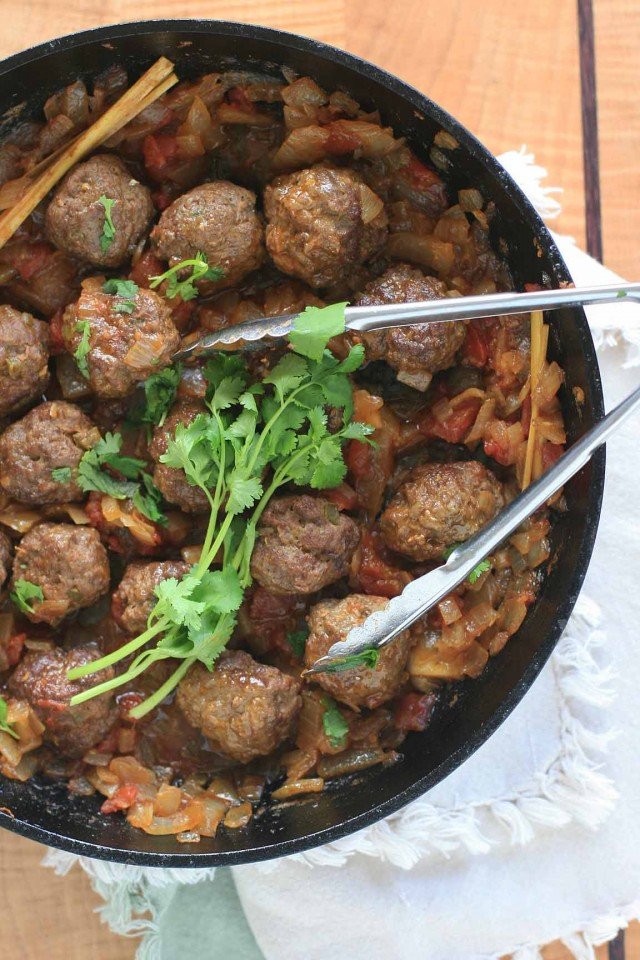 And besides, there are plenty of times when these foreign dishes end up reminding me a whole lot of childhood classics. Take, for instance, this Burmese meatball curry dish. The seasoned beef meatballs are simmered in a sweet, savory and tangy sauce that combines garlic, onion, ginger, tomatoes and tamarind liquid. It was reminiscent of those ketchup glazed meatloaves I ate when I was younger… except a whole lot better.
And besides, there are plenty of times when these foreign dishes end up reminding me a whole lot of childhood classics. Take, for instance, this Burmese meatball curry dish. The seasoned beef meatballs are simmered in a sweet, savory and tangy sauce that combines garlic, onion, ginger, tomatoes and tamarind liquid. It was reminiscent of those ketchup glazed meatloaves I ate when I was younger… except a whole lot better.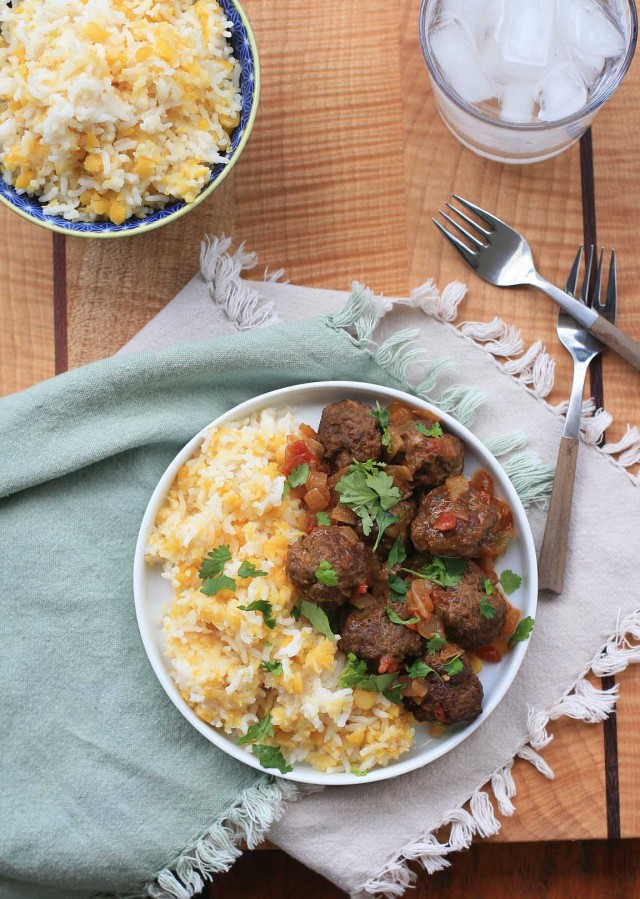
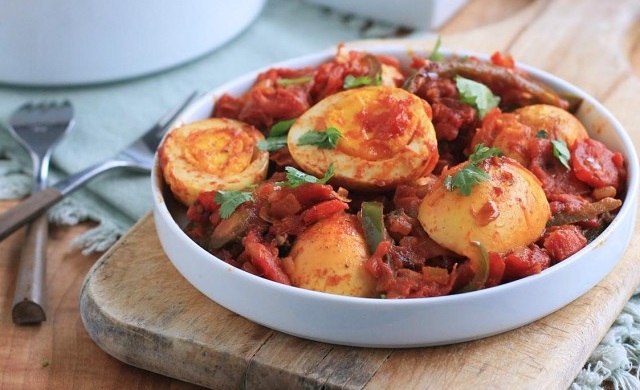
 To all the shakshuka lovers out there: I think you guys are really really going to like this one. It’s the same basic format as the famous Israeli and North African dish, with eggs nestled in a fiery, chili pepper-laced tomato sauce.
To all the shakshuka lovers out there: I think you guys are really really going to like this one. It’s the same basic format as the famous Israeli and North African dish, with eggs nestled in a fiery, chili pepper-laced tomato sauce.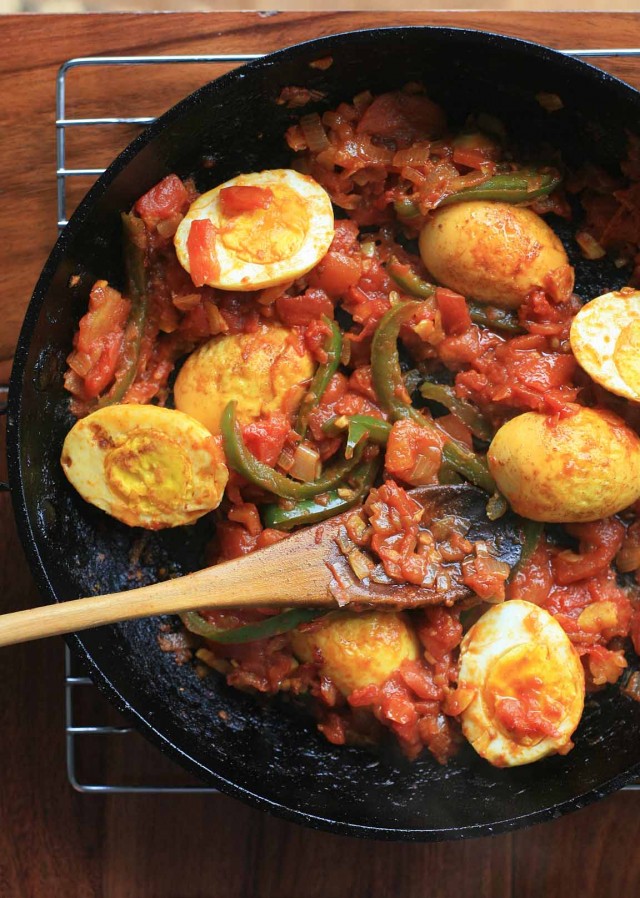 And that’s a pretty bold statement considering that I wouldn’t even eat hard boiled eggs a couple years ago. But that was before I learned the trick to the perfect hard-boiled eggs: 8 minutes at a low boil with an immediate subsequent dunks into ice water. You end up with the most perfectly creamy golden yellow centers.
And that’s a pretty bold statement considering that I wouldn’t even eat hard boiled eggs a couple years ago. But that was before I learned the trick to the perfect hard-boiled eggs: 8 minutes at a low boil with an immediate subsequent dunks into ice water. You end up with the most perfectly creamy golden yellow centers.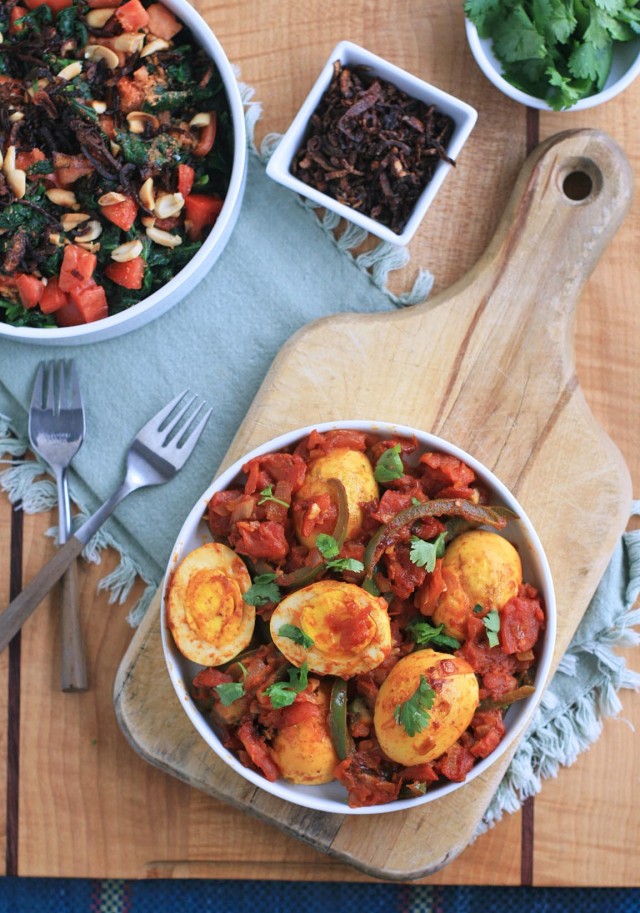

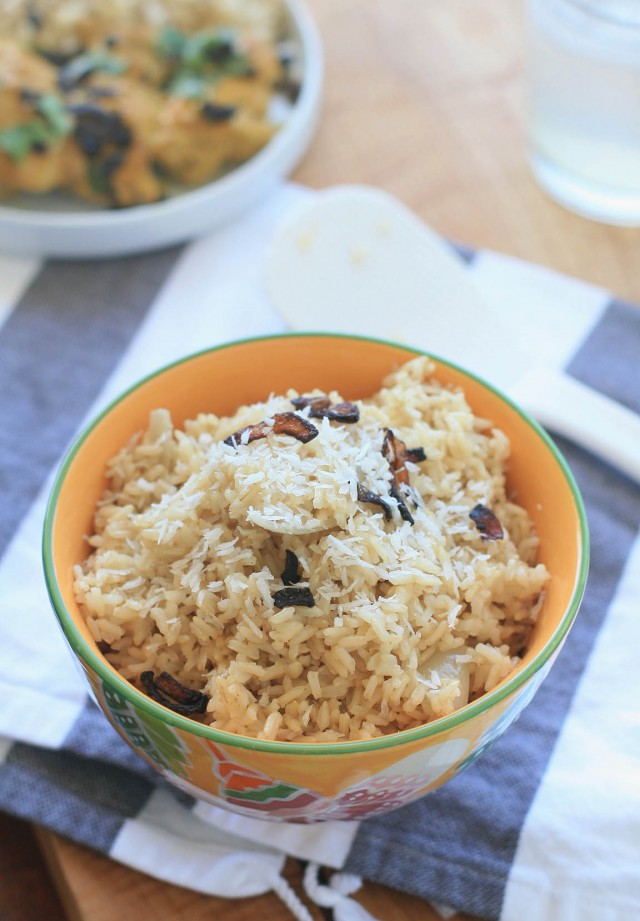 As a child, the only time I ever really ate rice was when my mother made rice pudding. We were a meat and potatoes family, through and through. But these days I’ve joined the billions of other folks worldwide who consider rice a diet staple.
As a child, the only time I ever really ate rice was when my mother made rice pudding. We were a meat and potatoes family, through and through. But these days I’ve joined the billions of other folks worldwide who consider rice a diet staple.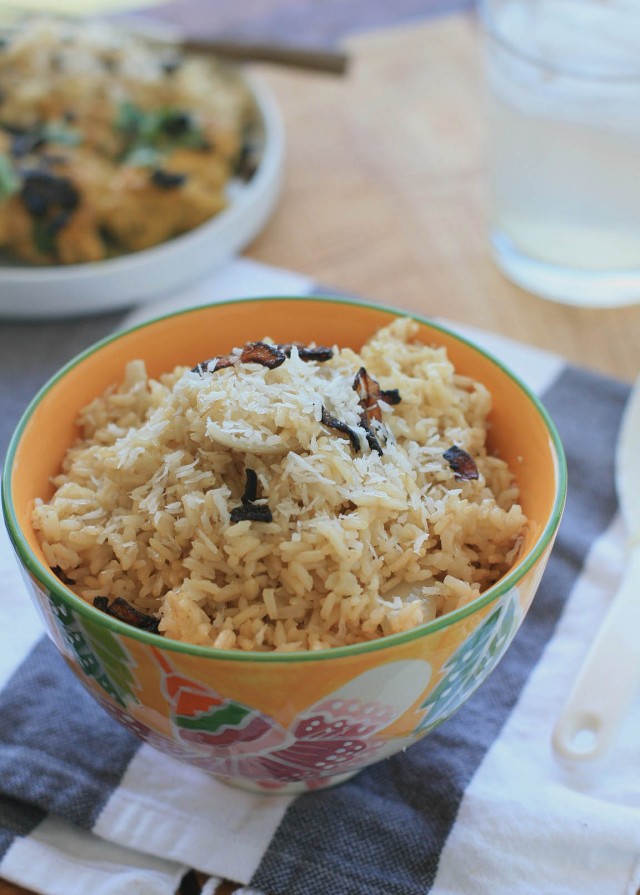
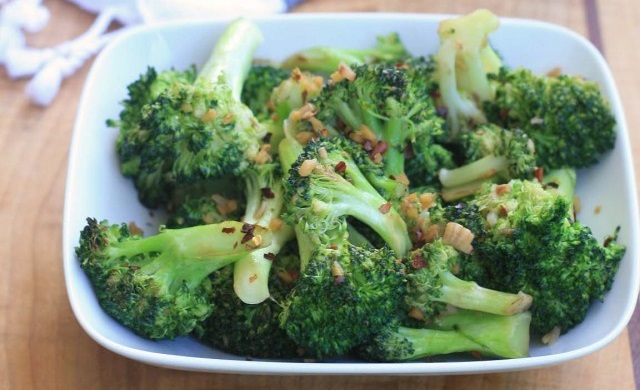
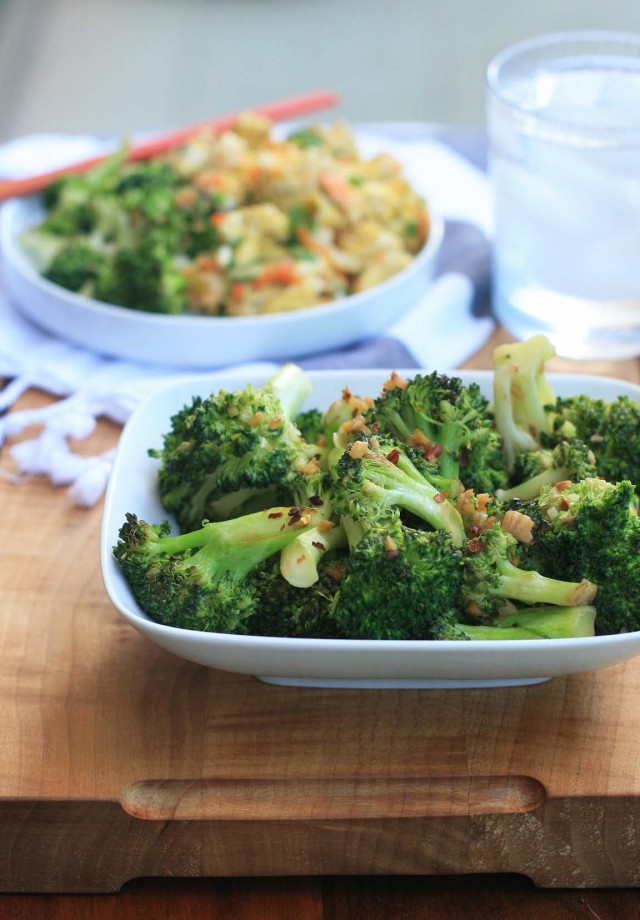 You’d think that since I have a food blog that I wouldn’t fall into ruts in my eating. Sadly that’s not the case. In fact, when I come home with a Costco-sized bag of broccoli, it’s pretty much guaranteed that I’ll be making it all
You’d think that since I have a food blog that I wouldn’t fall into ruts in my eating. Sadly that’s not the case. In fact, when I come home with a Costco-sized bag of broccoli, it’s pretty much guaranteed that I’ll be making it all 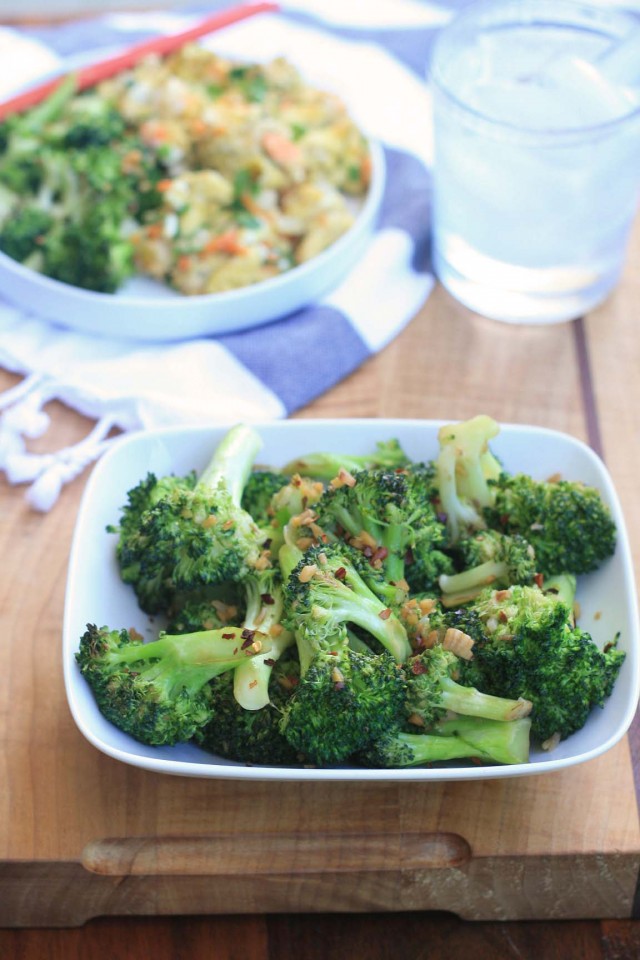 In this quick and healthy recipe broccoli gets stir fried with bits of garlic and ginger in a flavorful Asian sauce made from soy sauce and fish sauce until tender crisp. Those looking to add a bit of heat can sprinkle a bit of crushed red pepper on the finished dish.
In this quick and healthy recipe broccoli gets stir fried with bits of garlic and ginger in a flavorful Asian sauce made from soy sauce and fish sauce until tender crisp. Those looking to add a bit of heat can sprinkle a bit of crushed red pepper on the finished dish.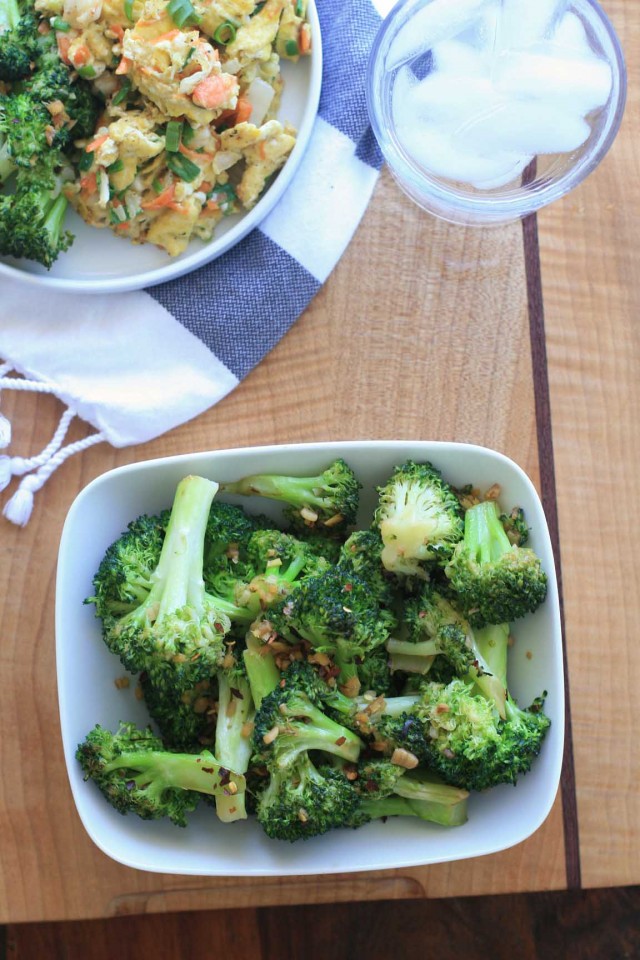

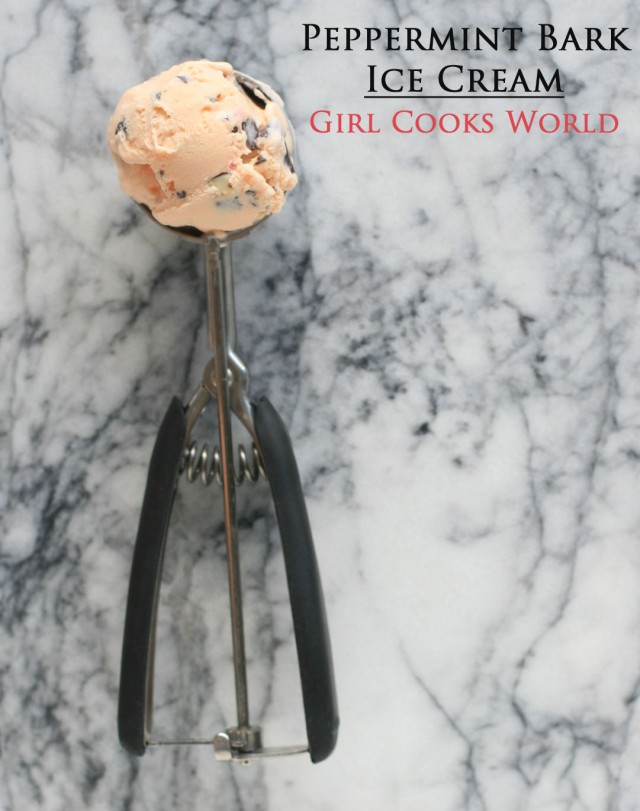 Fashonistas eagerly anticipate the September issues of fashion magazines; I eagerly anticipate the Williams-Sonoma holiday catalog, filled with all sorts of goodies that a gluten-free girl like myself can’t actually eat.
Fashonistas eagerly anticipate the September issues of fashion magazines; I eagerly anticipate the Williams-Sonoma holiday catalog, filled with all sorts of goodies that a gluten-free girl like myself can’t actually eat.
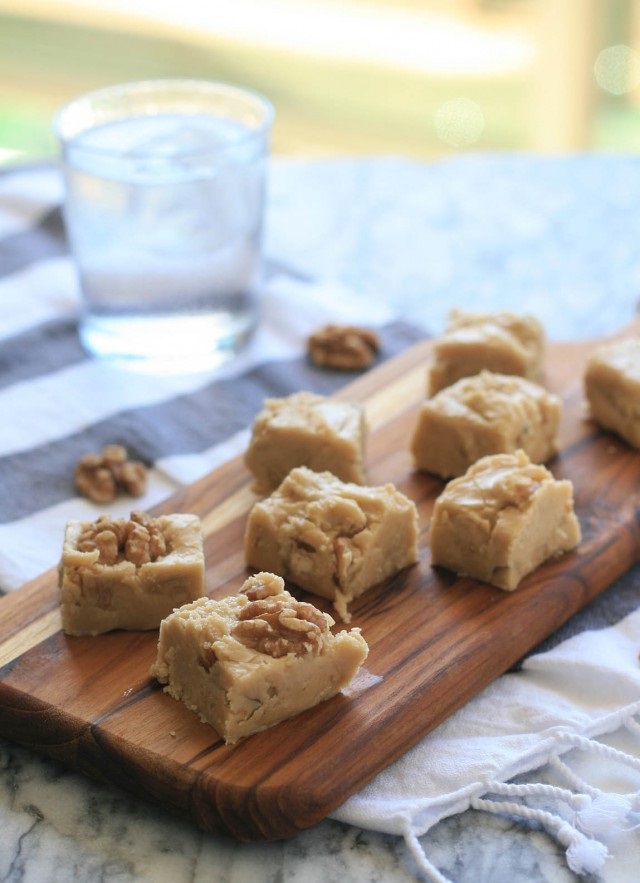
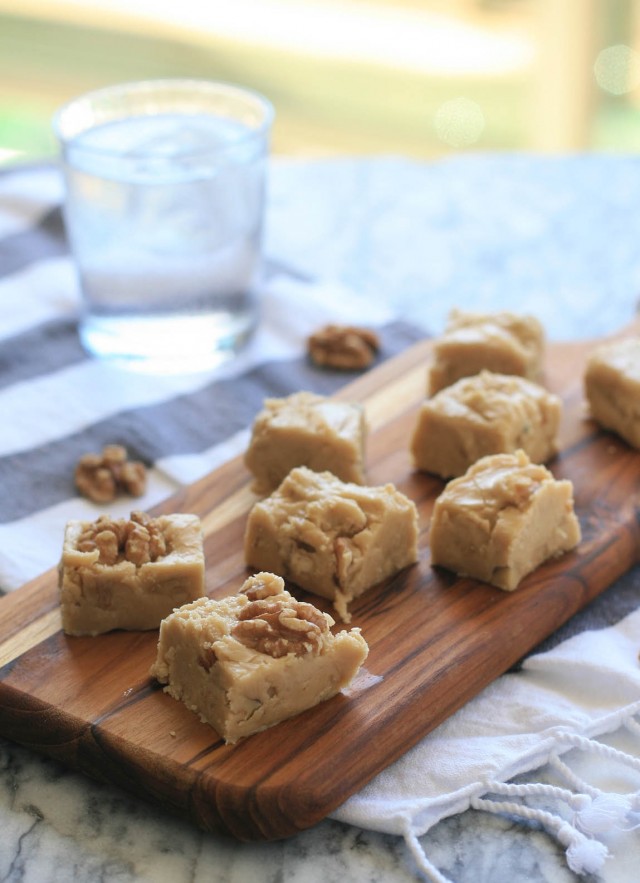 A couple years ago, when I was unable to travel to New England to see family for Christmas, my mother sent me a holiday care package. Inside were some small Christmas decorations and some packaged goodies, including a large bottle of local maple syrup.
A couple years ago, when I was unable to travel to New England to see family for Christmas, my mother sent me a holiday care package. Inside were some small Christmas decorations and some packaged goodies, including a large bottle of local maple syrup.